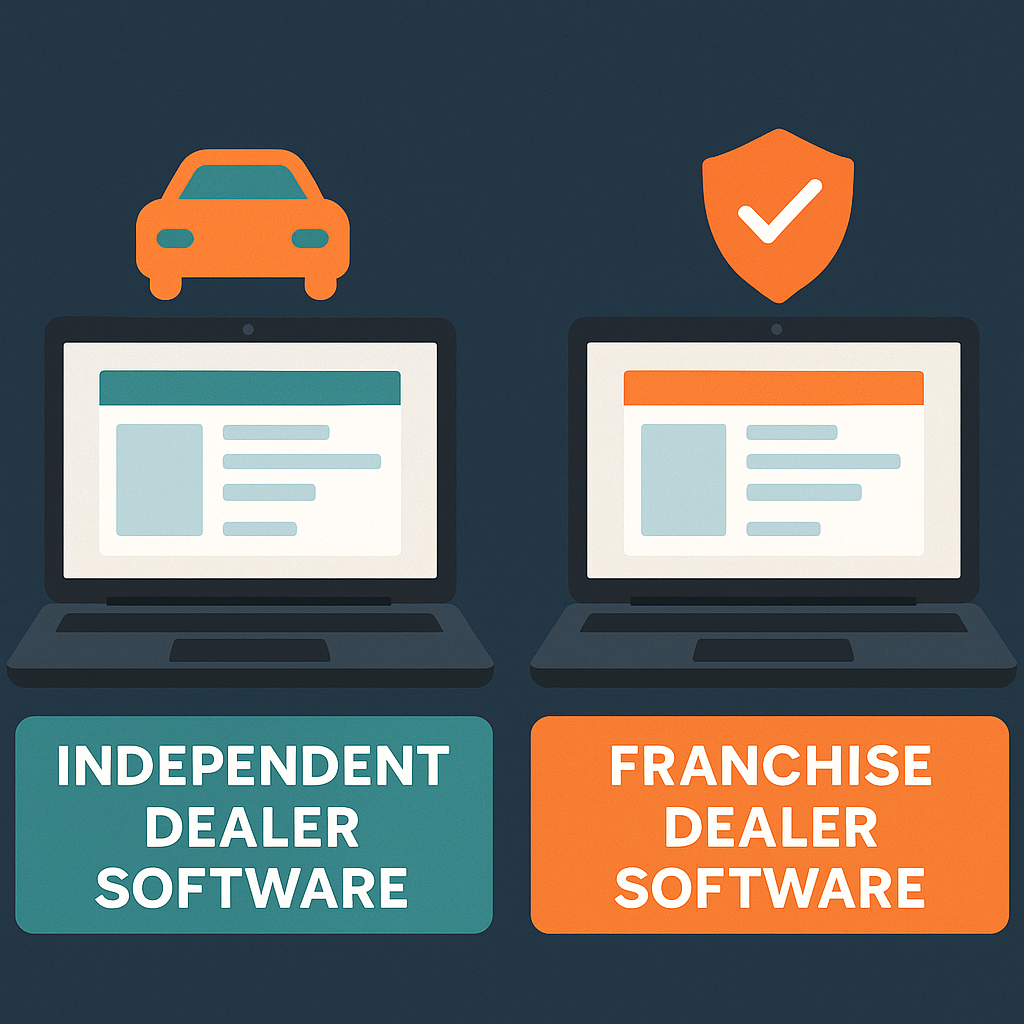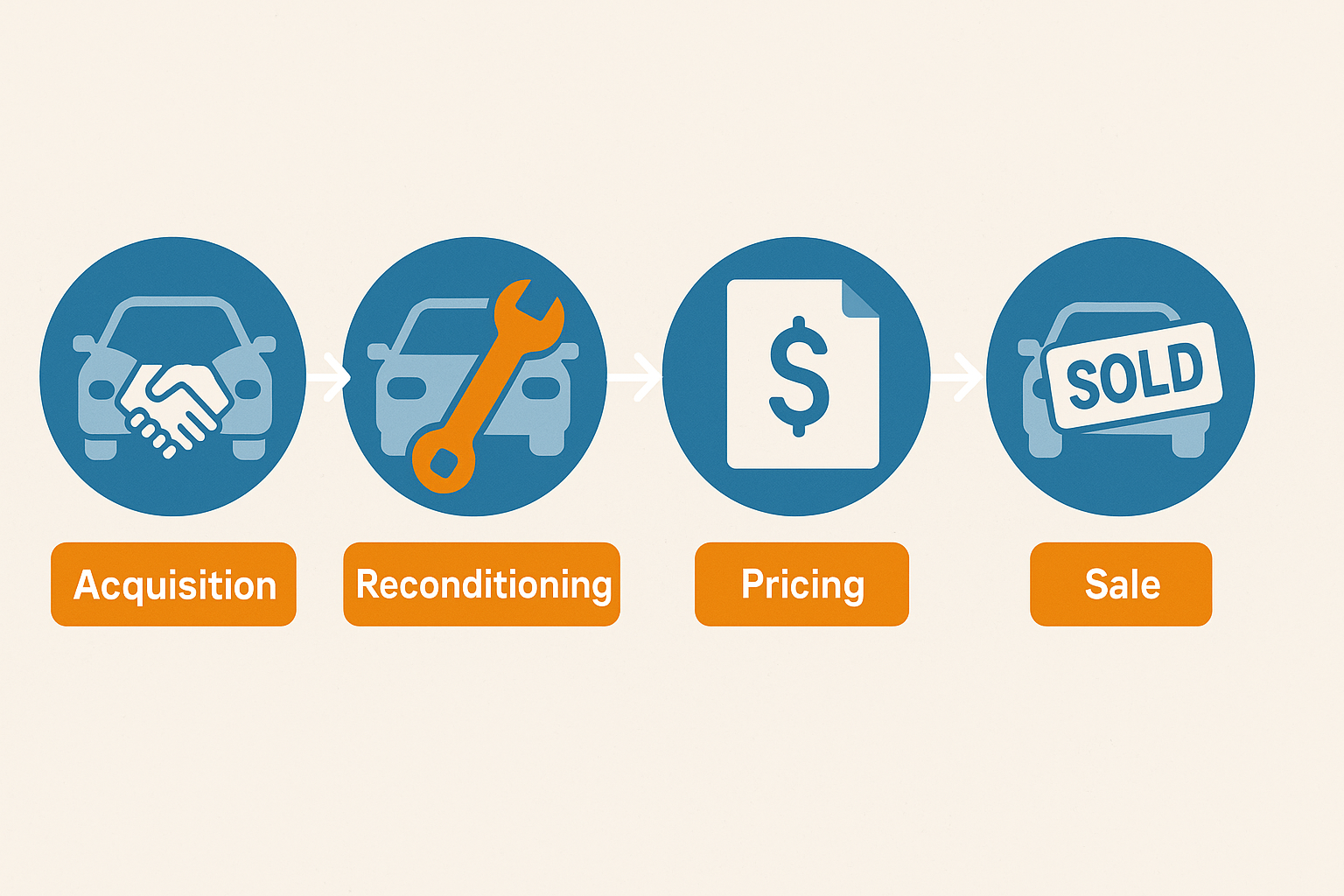In the dynamic and ever-evolving world of automotive sales, staying ahead of the competition requires a keen understanding of market trends and valuation strategies. As a car dealer, you’re likely familiar with two key components that play a pivotal role in determining the value of a vehicle: book values and live market data. Here, we’ll delve into the nuances of these two valuation metrics, exploring their differences and shedding light on why incorporating live market data into your decision-making process can give you a competitive edge in the industry.
Book Values: The Foundation
Book values, often derived from trusted sources such as the Kelley Blue Book (KBB), J.D. Power, NADA Guides, or Black Book, have long been the bedrock of the automotive industry. These values are based on historical data, taking into account factors like make, model, year, mileage, and overall condition. Dealerships commonly use book values as a starting point for establishing a baseline price for their vehicles.
Pros of Book Values
- Consistency: Book values provide a consistent framework for assessing the worth of a vehicle, offering a standardized approach across the industry.
- Established Reputation: Organizations like KBB and NADA have earned trust and credibility with both consumers and dealers over the years, instilling confidence in their valuation figures.
Cons of Book Values
- Static Nature: Book values are often updated periodically and may not reflect rapid shifts in market demand or supply. Because of this, it’s leading to potential discrepancies between listed values and real-time market conditions.
- Limited Personalization: While book values consider general factors, they may not capture the unique attributes of individual vehicles or regional market variations.
Live Market Data: Real-Time Insights
As the automotive landscape evolves, the importance of real-time market data becomes increasingly evident. Live market data incorporates up-to-the-minute information on pricing, demand, and inventory, allowing dealerships to adapt swiftly to changing market dynamics.
Pros of Live Market Data
- Adaptability: Live market data enables dealers to make informed decisions in response to fluctuations in demand, emerging trends, or changes in the competitive landscape.
- Granular Insights: Unlike book values, live market data can offer detailed insights into specific vehicle configurations, geographic preferences, and consumer behaviors. It allows for more nuanced pricing strategies.
- Competitive Advantage: By staying current with live market data, dealers can position themselves strategically, ensuring their pricing aligns with real-time market conditions.
Cons of Live Market Data
- Data Overload: Managing large volumes of live market data can be overwhelming without the right tools and systems in place. Dealerships need to invest in technologies that facilitate efficient data processing and analysis. (Take a tour of how live market data works in Carketa with a quick demo.)
The Synergy of Book Values and Live Market Data
While both of them have their merits, the most effective approach for dealerships is often a synergistic integration of the two. By combining the stability and historical context provided by book values with the agility and real-time insights offered by live market data, dealers can strike a balance that optimizes pricing strategies and inventory management.
Recommendations for Car Dealers
- Utilize Technology: Invest in advanced analytics and pricing tools that seamlessly integrate both book values and live market data. It is for providing a comprehensive view of the market landscape.
- Regularly Update Strategies: Stay agile by regularly updating pricing strategies based on live market data trends. This ensures that your dealership remains competitive and responsive to consumer demands.
- Consider Regional Variances: Recognize that market conditions can vary regionally. Factor in local trends and preferences when setting prices to cater to the unique dynamics of your target market.
In automotive sales, the interplay between book values and live market data is crucial for dealerships aiming to stay ahead of the curve. While book values provide a solid foundation, live market data injects the necessary flexibility and responsiveness needed to navigate today’s dynamic market conditions. By embracing both approaches, car dealers can not only optimize pricing strategies. They can also gain a competitive advantage that positions them as industry leaders in the ever-evolving automotive landscape.
Explore related articles to learn more about software solutions for car dealerships:






